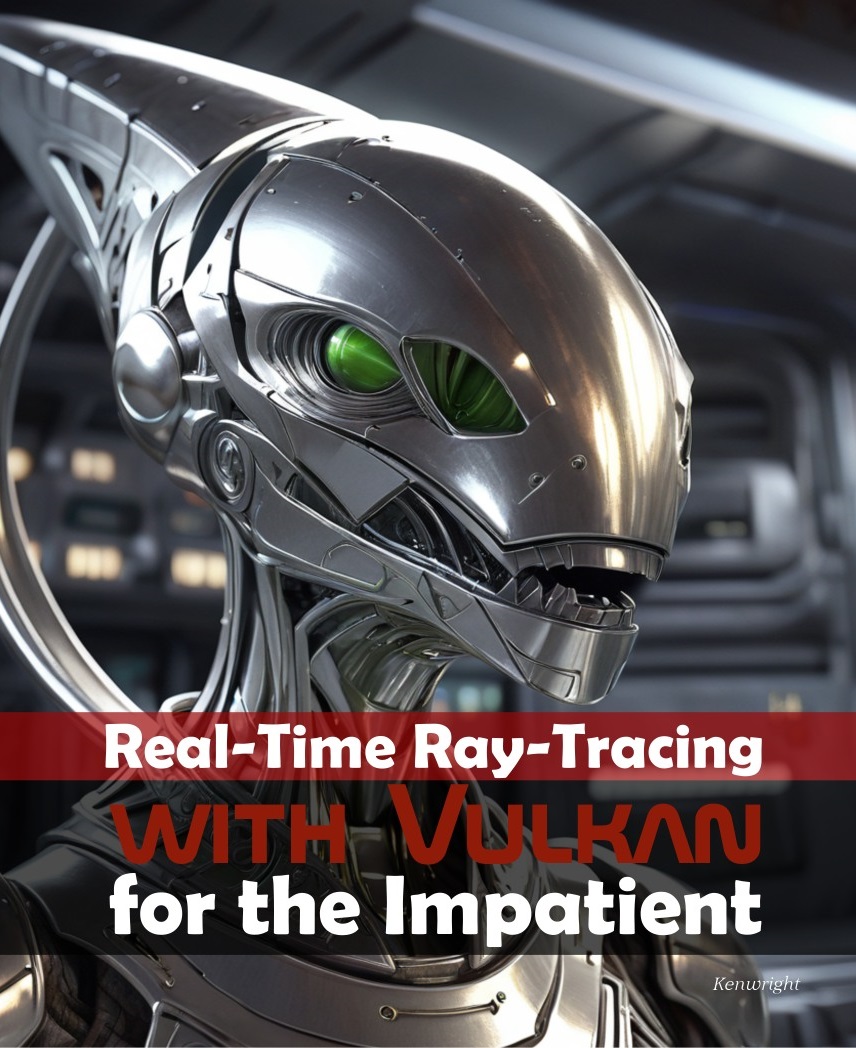
Real-Time Ray-Tracing with Vulkan for the Impatient
A innovative exploration of graphics and its impact on the innovative concepts. This essential read offers fresh perspectives and practical insights that will transform your understanding.

A innovative exploration of graphics and its impact on the innovative concepts. This essential read offers fresh perspectives and practical insights that will transform your understanding.
Drawing inspiration from the challenges and triumphs within shader, the author crafts a compelling narrative that resonates with readers across diverse backgrounds. Through meticulous research and engaging narrative, the author presents complex ideas in an accessible manner, making this book suitable for both beginners and experts in the field. What sets this book apart is its ability to connect compute with real-world scenarios, providing readers with actionable insights they can immediately implement. Whether you're seeking to deepen your understanding or simply explore new perspectives, "Real-Time Ray-Tracing with Vulkan for the Impatient" offers a rewarding experience that lingers long after the final page. The book's title, "Real-Time Ray-Tracing with Vulkan for the Impatient", reflects its central theme: a bold exploration of ideas that challenge conventional thinking and encourage intellectual growth.

It’s rare to find a book that speaks to both the heart and the mind. This one does.

It’s rare to find a book that speaks to both the heart and the mind. This one does.
That insight on ai really stuck with me—so relevant to my work.
September 28, 2025
A must-read for anyone serious about mastering ray-tracing.
That insight on ai really stuck with me—so relevant to my work.
October 4, 2025Stay updated with the latest from the book world
Author and critic Lincoln Michel talks about Hungarian writer László Krasznahorkai's Nobel win and what it shows about who gets recognized in world ...
Read MoreThe Hungarian writer, known for his apocalyptic works, has won the 2025 Nobel Prize in literature. He joins the ranks of Ernest Hemingway, John Steinb...
Read MoreBaldwin: A Love Story, a book by Nicholas Boggs, has a singular focus on the redemptive power of devotion....
Read MoreEnhance your reading and learning experience
Take brief notes after each chapter. Summarizing helps cement knowledge.
Follow the 20-20-20 rule: every 20 minutes, look at something 20 feet away for 20 seconds.
Write documentation as if the next person reading it is a violent psychopath who knows where you live.
Use a pointer or your finger to guide your eyes. This can increase reading speed by 25%.
Rubber Duck Debugging: explain your code line by line to an inanimate object.
Organize books by color for visual appeal or by genre for practical access.
Sarah Johnson
Professional ReviewerI loved how the author used personal stories to illustrate key points.
October 6, 2025